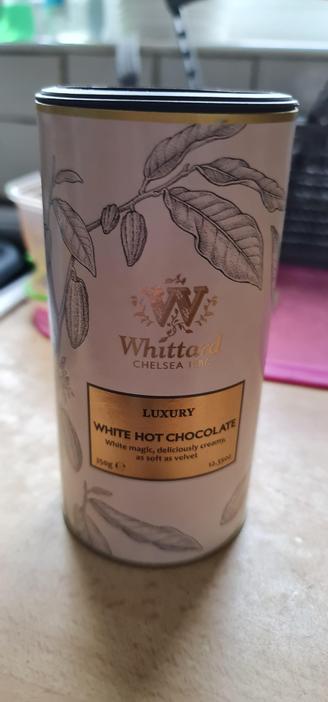| birdsite | https://twitter.com/raspofabs |
| Unresolved Forces | https://www.unresolvedforces.com |
| Data Oriented Design | https://www.dataorienteddesign.com/site.php |
fabs();
- 353 Followers
- 193 Following
- 988 Posts
Oops.
Pull saw blade shattered. Not when in use, but when I tried to bend the teeth over for disposal. I had already ruined it by unknowingly trying to cut some mdf that was actually a mineral board. Teeth all shot to hell and these blades don't seem to enjoy being sharpened like soft toothed western saws.
I thought only the teeth would have been heat treated, but it seems the whole body is.
Edit, remove, add, entities and components. Next step is to get it working hierarchically, because currently there's just one list of entities at the root.
Hierarchies of nodes/entities are commonplace in game development with older scene graph based engines, hence needing to reproduce the architecture here.
The hierarchies make more sense in 3D games, but I have plans to put resources in carts and buildings, so that's covered.
Making lots of small progress. Now I have a scene tree view. Next steps:
- editing the current config
- saving it out
- adding and deleting entities / components
At some point, everyone must make their own copy of @OskarStalberg 's work.
I'm doing mine in Python (hence the earlier mention of jurigged live coding tool)
I think I spent far too long writing good hexagon handling code before realising I just needed the points to start from and the half-edge information.
Anvil was used, metal was forged and bent. I don't have the right gear to get big stuff to forging orange, but 0.5mm sheet steel complied to a butane torch.
The bracers were dull mild steel, but now they're quite reflective... Oh, I can see me in them taking a picture. Shows what 3000 grit can do.
#amwriting now...
